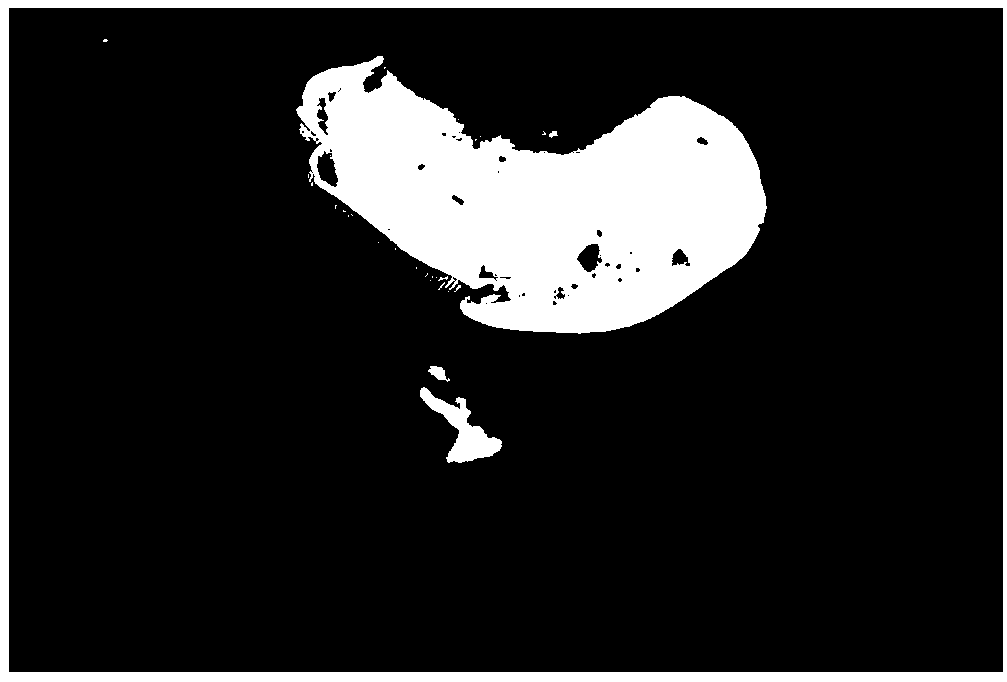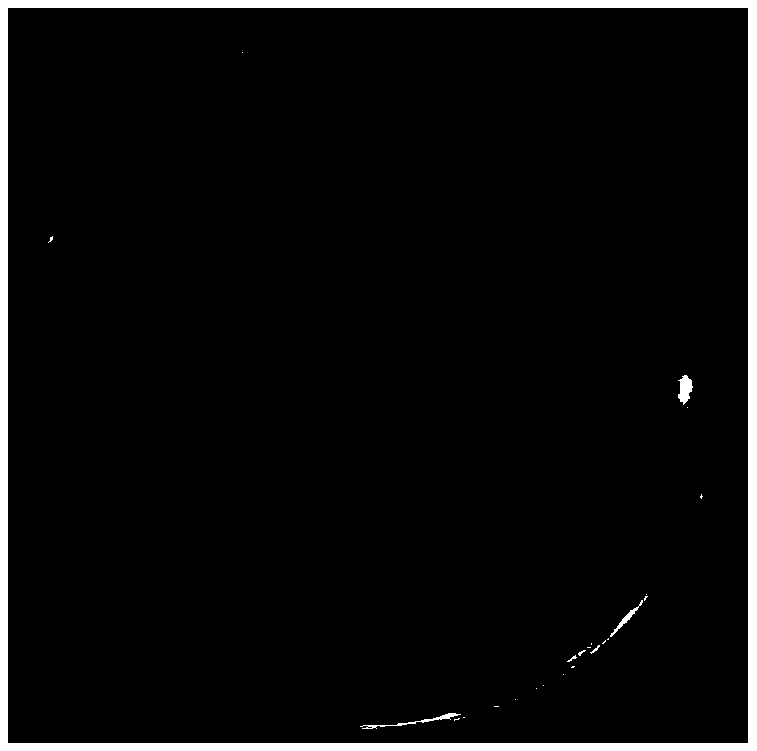Lepista nuda strain and sporocarp cultivation method thereof
A technology of lilac mushrooms and fruiting bodies, applied in the field of microorganisms, can solve the problems of many uncontrollable factors and long fruiting time, and achieve the effect of enriching variety resources and enriching the vegetable basket
- Summary
- Abstract
- Description
- Claims
- Application Information
AI Technical Summary
Problems solved by technology
Method used
Image
Examples
Embodiment 1
[0047]Example 1. Acquisition and Identification of Lilac Mushroom DCH560 (CGMCC No.15376)
[0048] The bacterial strain DCH560 of the present invention is isolated from natural Lilac mushroom specimens (Lilac mushroom specimens were collected from Kuandian Manchu Autonomous County, Dandong, Liaoning, China in 2016), through the observation of its colony and hyphae morphological characteristics, combined with nuclear rDNA-ITS sequencing, the The strain was classified and identified.
[0049] 1. Morphological features
[0050] Bacterial strain DCH560 was cultured on potato dextrose agar medium (PDA) at 20°C for 2 weeks. The diameter of the colony was about 5cm. See figure 1 and figure 2 ). The hyphae are septate, transparent, with clavicle joints, 1.2-5μm in diameter, no asexual spores were observed.
[0051] 2. Molecular biological characteristics
[0052] The rDNA-ITS sequence is used as a barcode (Schoch, C.L. et al. Nuclear ribosomal internal transcribed spacer (ITS) ...
Embodiment 2
[0056] Embodiment 2, the method for the fruiting body cultivation of Lilac mushroom DCH560 (CGMCC No.15376)
[0057] 1. Cultivation process
[0058] The cultivation process of the fruiting body of Lilac mushroom DCH560 (CGMCC No.15376) is as follows: mother seed preparation→original seed preparation→cultivar seed preparation→inoculation and germination→covering soil→fruiting management→fruiting→harvesting.
[0059] (1) Preparation of mother species: inoculate the hyphae of Lilac mushroom DCH560 (CGMCC No.15376) after tissue separation and domestication into the mother species medium (test tube slant), 15-25°C (such as 20-23°C) ) in the dark and cultivated until the mycelium is covered with the medium, and the obtained mycelium is used as the mother species ( image 3 ).
[0060] (2) Preparation of the original seed: transfer the mother seed obtained in step (1) to the original seed medium, and the inoculum size is to evenly insert 6-10 cells with a diameter of 1.0 cm in the ...
PUM
 Login to View More
Login to View More Abstract
Description
Claims
Application Information
 Login to View More
Login to View More - R&D
- Intellectual Property
- Life Sciences
- Materials
- Tech Scout
- Unparalleled Data Quality
- Higher Quality Content
- 60% Fewer Hallucinations
Browse by: Latest US Patents, China's latest patents, Technical Efficacy Thesaurus, Application Domain, Technology Topic, Popular Technical Reports.
© 2025 PatSnap. All rights reserved.Legal|Privacy policy|Modern Slavery Act Transparency Statement|Sitemap|About US| Contact US: help@patsnap.com



